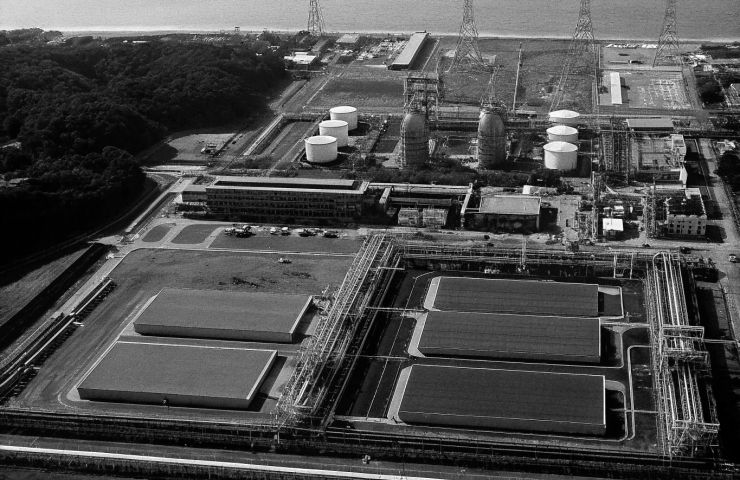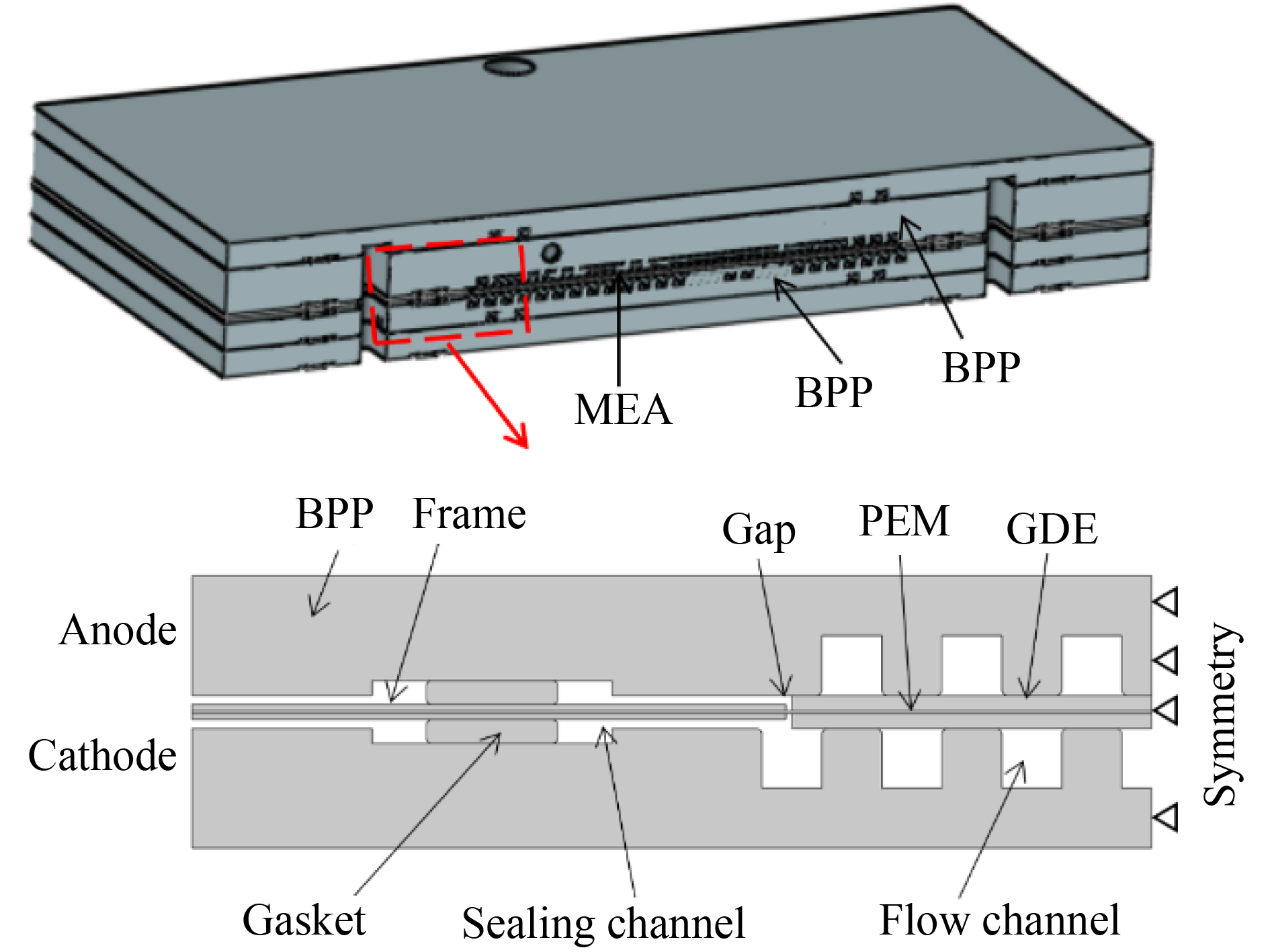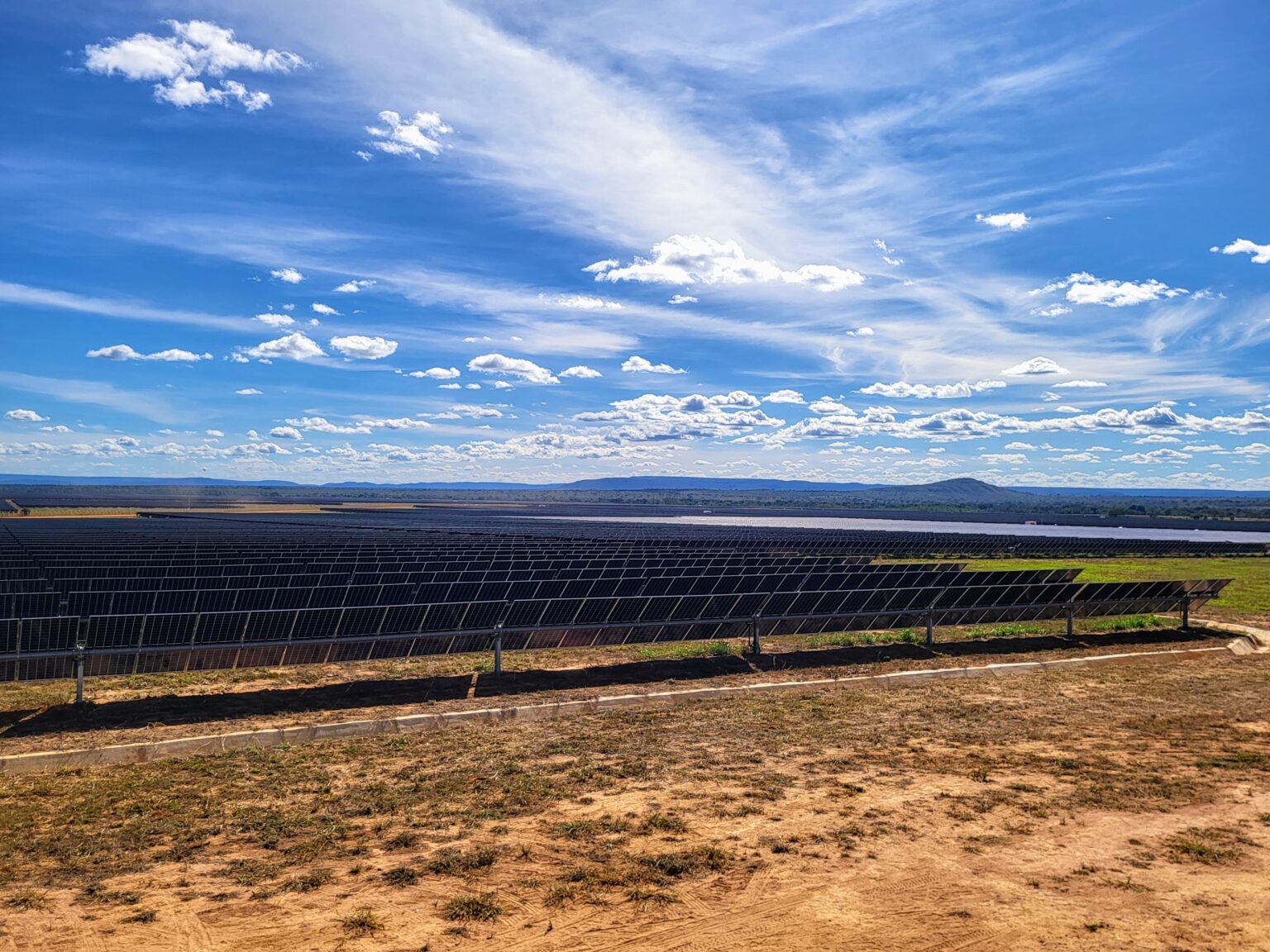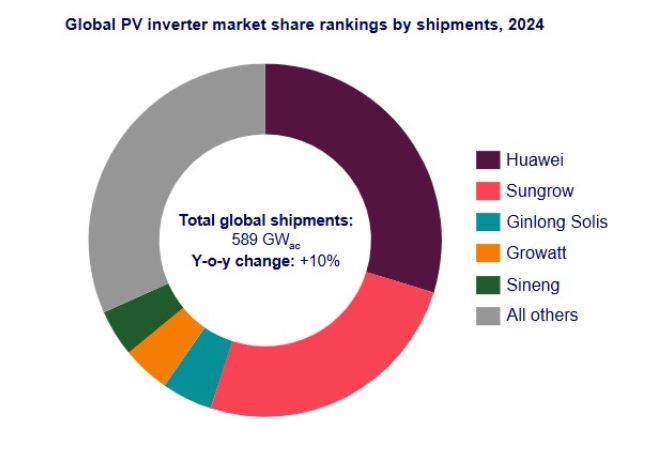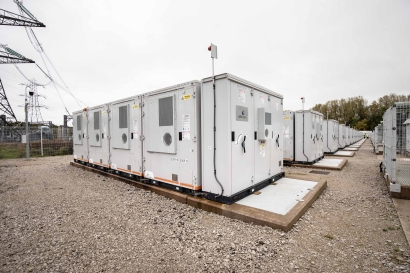PVRadar launches Python programming tool to ease site-specific loss modeling
German software company PVRadar Labs has released a Python programming package for solar asset owners and engineers that want to build site-specific models.
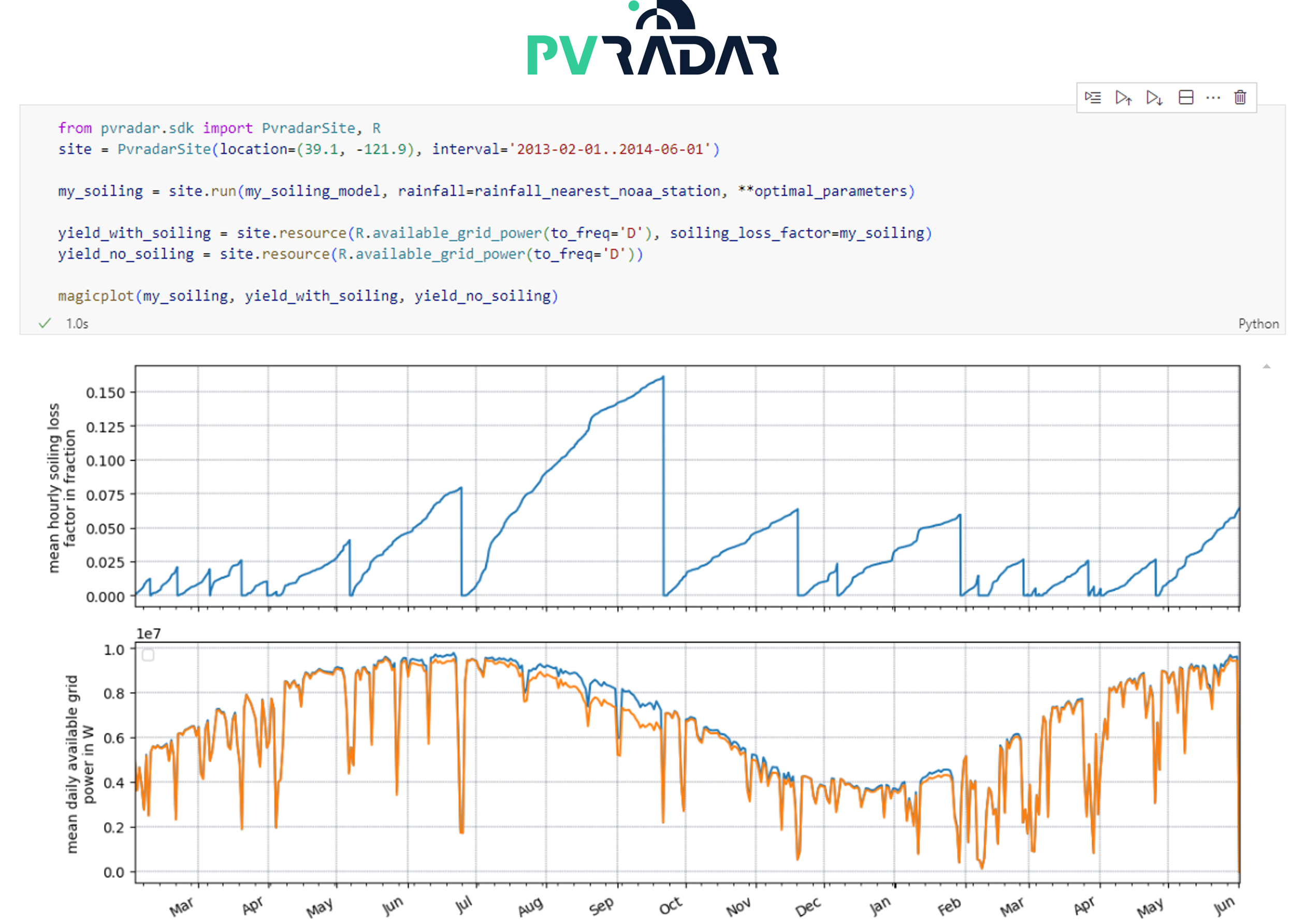
German software company PVRadar Labs has released a Python programming package for solar asset owners and engineers that want to build site-specific models.
German software company PVRadar Labs has released a Python programming toolbox for industry practitioners that are building site-specific models. The package provides a shortcut to to customize yield models with the users' choice of a wide range of temperature, rainfall, soiling, and snowfall datasets.
The company says it enables a shift away from relying on general assumptions to more accurate simulations.
“The PVRadar Python Package was built to close the gap between academic research and practical application, making accurate modeling accessible to everyone,” Franco Clandestino, head of product at PVRadar, told pv magazine.
Many performance engineers responsible for PV system models have been using general assumptions to predict PV system losses due to factors such as temperature, rainfall, soiling, snowfall, and tracker malfunctions, according to Clandestino.
“Although black-box tools can achieve good accuracy in some cases, they do not necessarily provide control or visibility over what happens behind the scenes, such as which models are used, with which parameters, and under which assumptions,” explained Clandestino.
He added as an example that applying a fixed 2% soiling loss assumption can be “completely wrong” in arid regions. Likewise, the effects of snow, cell temperature, and irradiance can vary depending on the model chosen.
Ideally, location-specific models should be applied with parameters calibrated based on measured site data. “Full transparency is essential to build trust and get reliable results that support sound economic planning,” said Clandestino.
The new product includes pre-built functions, reducing the need to format imported PV-related data. “With a single line of code, you can access multiple synchronized databases, use a wide range of models from latest research, for example from pvlib. and validate your own models,” said Clandestino, referring to the pvlib open-source software.
“Anyone who has worked with data knows how time-consuming it can be to deal with time-zone mismatches, unit conversions, timestamp alignment, inconsistent formats, or gap-filling. These challenges can be a nightmare, introducing silent errors that may lead to poor decisions,” he added.
Worldwide satellite and ground-based environmental sources are available. Internal datasets are supported, as are external historical weather, irradiance, and satellite datasets, including snowfall, snow depth, snow density, and other meteorological data, such as the ERA5 and MERRA-2 datasets.
Founded in 2022, PVRadar develops software for large-scale solar PV analysis, including tools to understand climate and weather risks, to make soiling estimates and to optimize cleaning strategies.
What's Your Reaction?
























